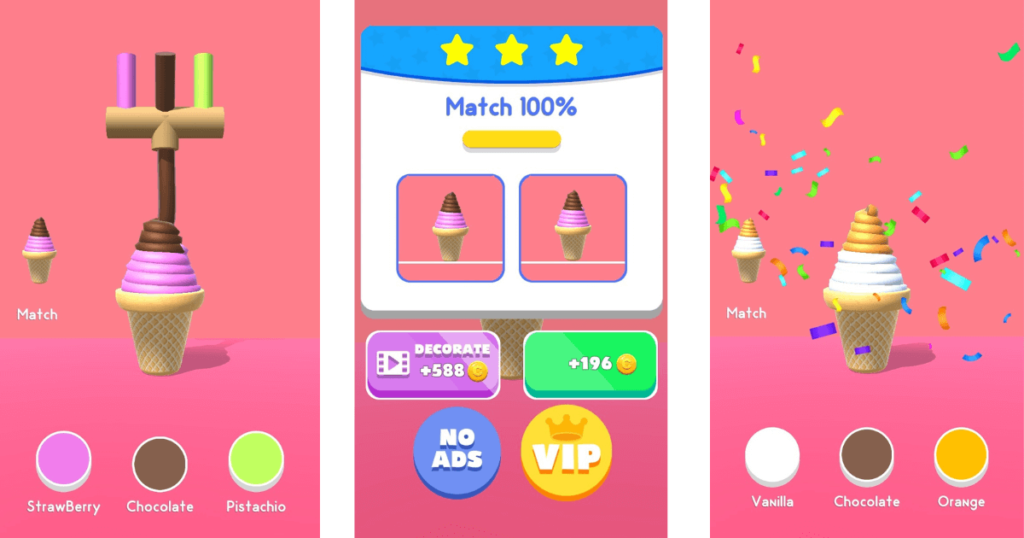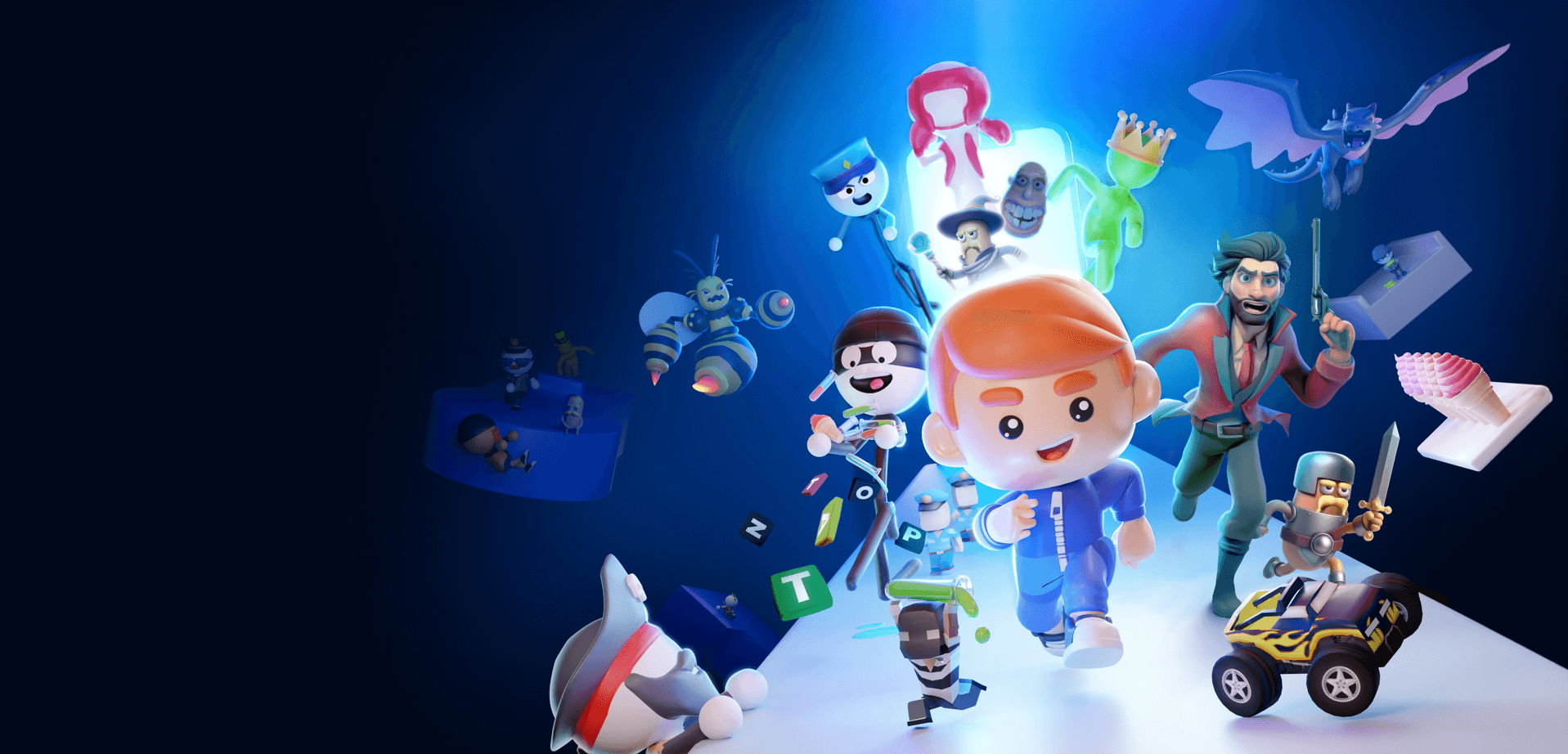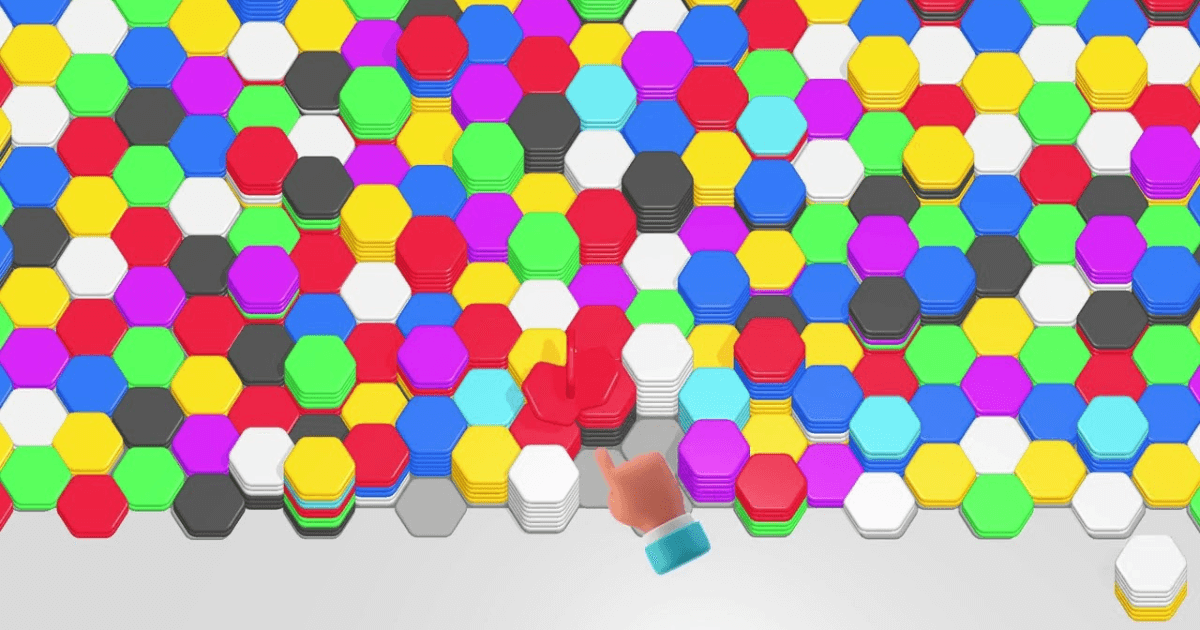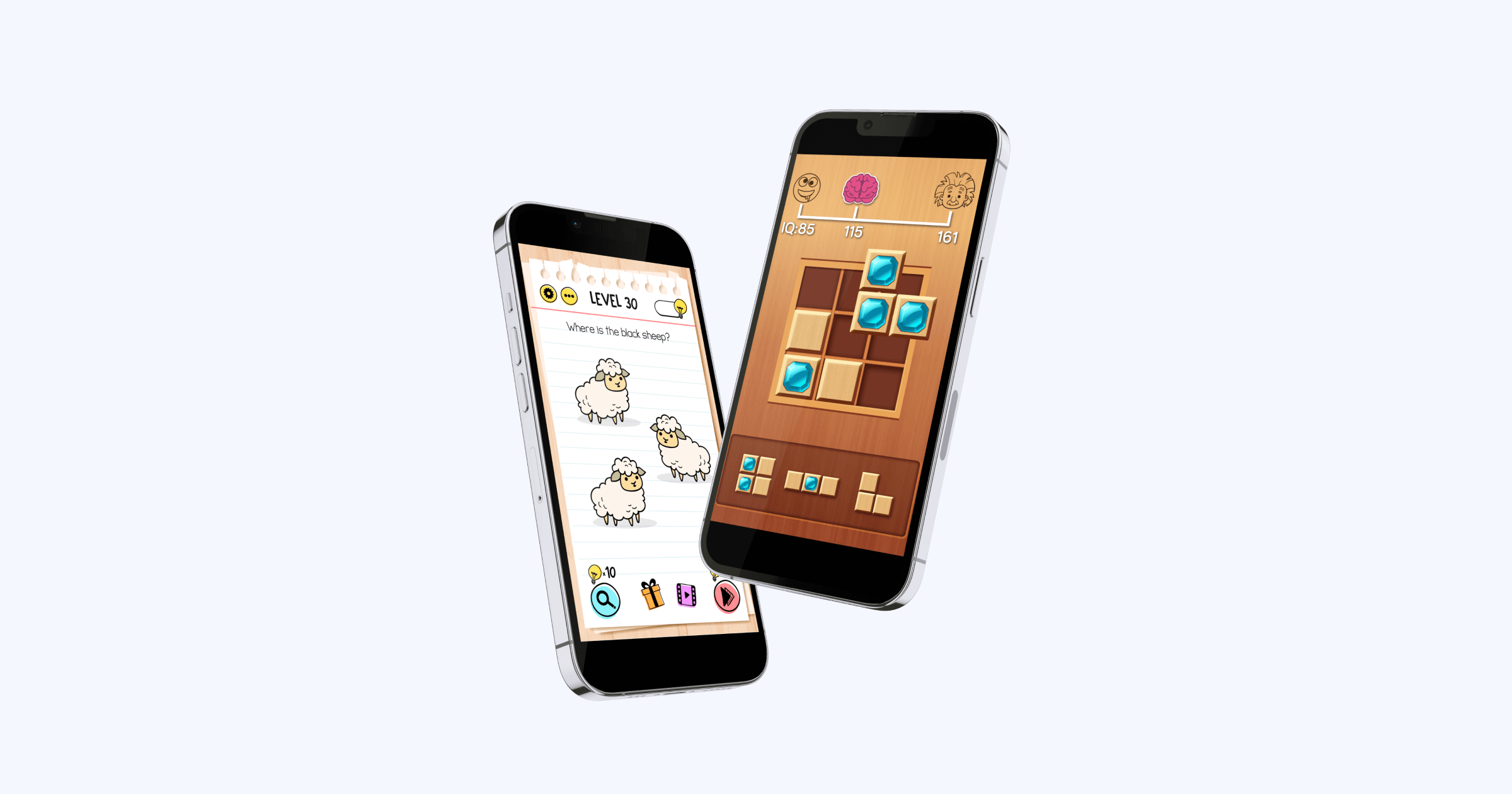In this interview, we talked with Kinsey Dardanus, the CPO and Head of Publishing at TapNation.
TapNation is a French mobile game publisher specializing in hyper-casual games. In 2022, they ranked as the world’s 17th biggest mobile game publisher by downloads (MobileGamer.biz).
Some of the publisher’s most famous titles include Ice Cream Inc., Thief Puzzle, and Giant Rush, all of which exceeded 100 million downloads.
Some of the topics we discussed include:
- The state of the hyper-casual market
- Hybrid-casual games
- The success formula behind Ice Cream Inc.
- TapNation’s future plans
Kinsey, can you tell us about yourself and your role in TapNation?
I’ve been a part of the mobile industry since 2018, and I first joined TapNation in early 2019, when the company was still in its early stages with only five employees. This meant we had to create everything from scratch, from initial projects to the first games.
Today, as the CPO and Head of publishing at TapNation, I am responsible for everything that needs to be done to get games out on the market. This includes overseeing multiple teams such as the teams in charge of user acquisition and publishing, Live Ops, as well as game design and development.
TapNation was among the first hyper-casual studios that started working on hybrid-casual games. What led you to this strategic decision?
I can’t say we were the very first, but yes, we were among the first couple of studios to go hybrid-casual.
Stepping into the hybrid-casual market was simply our response to the evolution of the mobile gaming market.
The games market is not the gold mine it used to be – back in the day, you could release profitable games in a matter of days or weeks. Since this is no longer a realistic expectation, it’s important to mitigate the risk and not put all your eggs in one basket.
Generally, the market is shifting to games with higher retention rates and playtimes. To develop such games, you need to invest more time and effort into the development process.
Given our strong development, UA, monetization, and product expertise, going hybrid-casual felt like the natural next step.
To make this transition as quick and efficient as possible, we implemented two important strategies. First, we started acquiring hybrid-casual games that were already there on the market, without producing the games ourselves. Second, we decided to establish relationships with studios that are already experts in the hybrid-casual and casual space.
All in all, since 2022, we have been striving to create and deliver games that go beyond the typical hyper-casual style.
Despite the hyper-casual market’s downward trend, many of your hyper-casual titles are still thriving. One that really stands out is Ice Cream Inc., a game with over 200 million downloads. Can you give us some background on it? Where did the idea for the game come from? What did the development process look like?

It’s actually quite funny — one of our biggest hits is actually our first. Before Ice Cream Inc., we published a couple of games, but this was our first big break.
Like with any game, it all started with a brainstorming session. We wanted to make something that could be both trendy and satisfying. One of the ideas that emerged was to deliver the satisfying experience of Italian ice cream, and that was the foundation of the game.
Later on, we added more details, for example, making spiral moves on the cone. Once we had a general vision of what we wanted to do, we put it in a motion design video.
Next, we pitched this idea to Redline Games, a studio I already collaborated with in the past. They managed to develop the game really quickly — in less than a month. Soon, we achieved a really great CPI and started scaling the game.
Ice Cream Inc. has been out since 2020 and is still ranking high on trending top charts. How do you keep the game fresh and engaging for players over such a long period of time?
When we first published Ice Cream Inc., we thought that hyper-casual games would probably die within a year.
However, as it turned out, many of our hyper-casual titles are still doing really well.
I can’t say there is some kind of formula for this — you just have to keep working on your game. If you release a game with solid KPIs and you just let it go, it’s eventually going to die. There are many examples of top-charting games that are now nowhere to be seen and don’t generate any revenue anymore.
To keep our games alive, we put a lot of focus on LiveOps, AB testing different features, and pushing regular updates for users.
The same goes for monetization where we experiment with different ad types. For example, native ads. By doing so, we manage to bring incremental revenue on top of the classic revenue of the game.
Finally, we do the same thing in user acquisition. We keep trying out new and different types of campaigns to optimize our CPA and maintain a good ROAS. On the creative side, we always try to refresh the creatives, even though we have the best-performing ones.
All in all, to keep games alive, it’s vital to keep your games in great shape in every single aspect.
Do you plan on adding hybrid-casual elements to your existing hyper-casual titles like this one?
That’s something we discussed, and we started testing different features and directions for this game.
One thing is sure — we don’t want to kill the existing game. The game works on its own and has a lot of players who love it the way it is.
Therefore, we don’t want to make it too different from its current form. But, we would like to bring a different experience to the game. For example, a renewed experience for existing players and something more up-to-date for the new ones we acquire.
We have quite a clear roadmap for this. It consists of different AB tests and features we will try to implement to make this game more casual.
But, at the end of the day, we can’t say anything for sure. Testing will show how our users will react to changes, and if we should keep the original game or change it. If we find out something is working really well, you’re probably going to see it in the game soon.
TapNation’s game portfolio is quite diverse. You have all sorts of games — simulation, puzzle, runners, mining, etc. How challenging is it to manage UA and development for all these different games?

This is a result of something we decided in the early days of the company — we never wanted to focus on a specific game genre only.
We now have a portfolio of different games and this is another reason why we need to stay agile.
As I said earlier, we test a lot of different UA campaigns and monetization techniques.
Thanks to continuous testing, we have a good understanding of what works and what doesn’t work for a particular genre.
We know that, for example, a specific campaign type called CPE campaigns works great for puzzle games. On the other hand, different games may benefit from another type of campaign.
The same logic applies to ad networks — while Facebook might be a good choice for puzzle games, other ad networks may work better for other genres.
This knowledge also helps us with decision-making in the game development process. Based on previous experience with, for example, runner of puzzle games, we know which strategies are most likely to work for our new similar releases.
Can you share any exciting upcoming projects or games that TapNation is working on?
When it comes to upcoming projects, we work on different things while staying focused on gaming.
For example, as of last year, we have a web3 division, which is focusing on integrating and shifting some of our games to web3 projects. We are also actively partnering with different web3 actors that help us create some new and innovative solutions, both for our existing and new games.
Another project I’d like to highlight is our newly founded internal game production. In the past, we’ve only published games in partnerships with different studios. However, last year, we started our own small production team, which is dedicated to developing projects to release this year.
To wrap up, is there something that you’d like to share with hyper-casual devs reading this interview?
First of all, hyper-casual is not dead. In my opinion, hyper-casual is becoming more competitive, and the entry barriers are much higher.
The volumes of revenue and margin are not nearly the same as we used to have in the past. When big studios say hyper-casual is dead, it’s because they compare their previous profits to the ones they have today. For example, if they used to earn 500k a month per game, and this has now dropped to 100k, this’s a big decrease for them.
But, for a small studio, reaching 100k is actually a big win.
The revenues have decreased, that’s a fact. But, we still have hyper-casual games that are profitable.
Nonetheless, I think there is a shift.
Having a very simple, straightforward hyper-casual won’t do it anymore. Since there are so many similar games on the market, it’s vital to diversify yourself.
One way to do that is to put more effort and quality into your games, developing games that are deeper than what we had two or three years ago. The way I see it, the hyper-casual market has shifted to producing high-quality games that can make the cut and appeal to players in the long run.
Over to You
If you want to read more Dev Talks, don’t forget to subscribe to our newsletter!
Interested in learning more about CPE campaigns discussed in the interview? Find out how MAF can help you unlock the full potential of this campaign type and maximize your game’s success!







